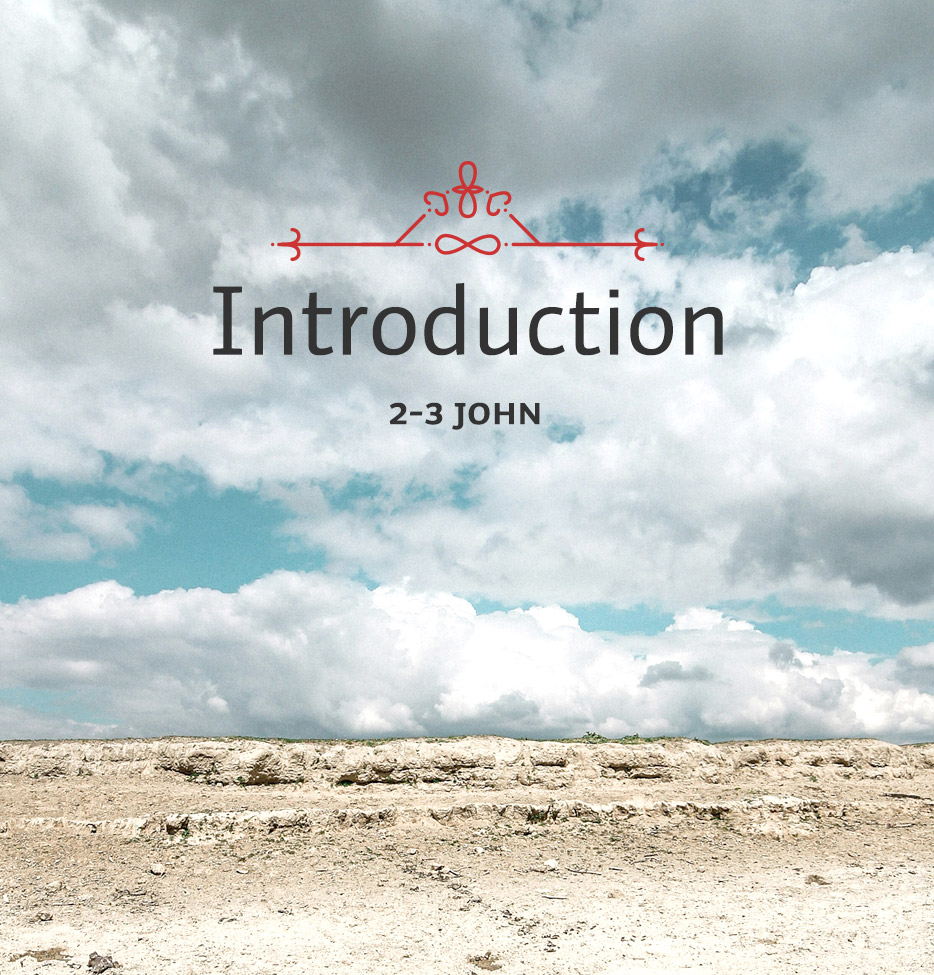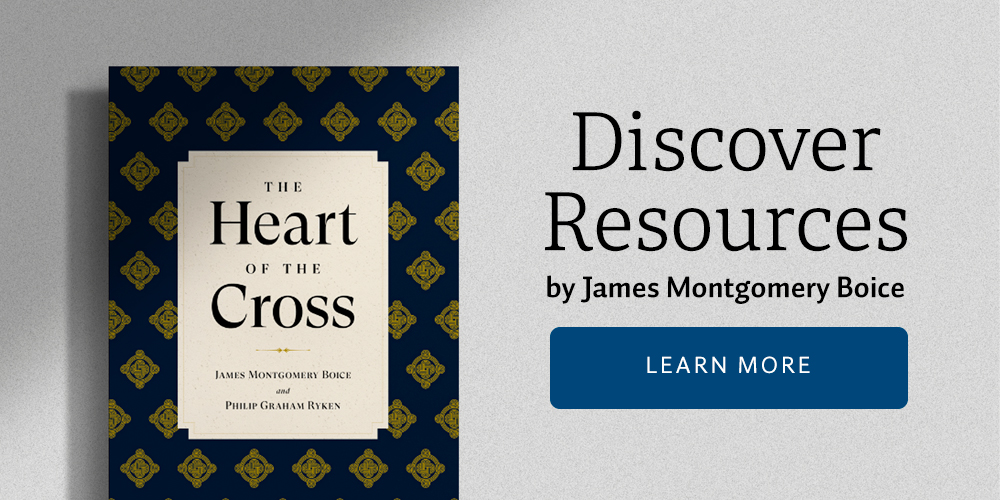At the conclusion of yesterday’s devotional, we mentioned one reason why Eusebius’ reference to Papias may not prove the existence of two Johns. Today, we begin by offering another reason.
Second, in his discussion of Papias it may be Eusebius himself who is of limited understanding in discerning what his source has to say. True, the language of Papias is ambiguous and may even be clumsy. But this may be due to the fact that Papias is actually trying to distinguish in a compressed fashion among three types of witnesses.
In the first class are the apostles, all of whom saw the Lord and who testified with unique authority. These were the prime source of information naturally, and Papias had received knowledge of Jesus through the remembered teaching of seven of them: Andrew, Peter, Philip, Thomas, James, John, and Matthew. The second class of witness contains those who were disciples of the Lord only (not apostles) but who possessed special importance for Papias in that they were still living and could therefore be consulted. Papias mentioned only one of these, Aristion. In the third and final category are those who were apostles but who, unlike most of the apostles, were living. Again, Papias has but one example, John. But John is mentioned twice in that, on the one hand, he was an apostle and belongs with the other apostles whom Papias mentioned and, on the other hand, was living and so belongs with those individuals, either apostles or disciples, who were continuing to bear testimony to the Lord.
In support of this interpretation there is the fact that Papias speaks in the past tense of the witness of the seven apostles but changes to the present tense in drawing attention to what “Aristion and the presbyter John say.”
Obviously, in view of Papias’ language it cannot be demonstrated with certainty that the existence of one John at Ephesus rather than two is factual. Nevertheless, it is at least equally unproved that there existed a second John at Ephesus, known as “the elder,” to whom the authorship of 2 and 3 John as well as the possibility of authorship of the other books in the traditional Johannine corpus must be referred.
It is, however, also possible to approach the question of the identity of “the elder” of 2 and 3 John from an entirely different point of view. Let us assume, for the sake of argument, that there were two Johns in Asia Minor, John the apostle and John the elder. Can it be, assuming the existence of this second person, that he is adequate to account for the books as we have them?
The author of 2 and 3 John identifies himself as “the elder,” and this favors the hypothesis somewhat. But does what we know of him correspond with our theory? We notice that the author of these books is unnamed except for the title. But if this is so, then the author must have identified himself without using his name because, as Stott argues, “His identity was so well known and his authority so well recognized that he could use the title without needing to qualify or amplify it. Moreover, since the two Epistles were written to different churches, he was evidently known and acknowledged in a wide area of the province of Asia.”1
The author obviously knows a great deal about these churches. He follows their affairs. He accepts responsibility for what happens to them. Obviously he also loves these people, cares for them, and takes time to instruct and warn them. Stott continues, “Is it possible, that a man of such prominence, who exercised such authority and wrote three Epistles which are included in the New Testament canon, should have left no more trace of himself in history than one dubious reference by Papias?”2
1John R. W. Stott, The Epistles of John (Grand Rapids, MI: Eerdmans, 1964), 39.
2Ibid., 39.






